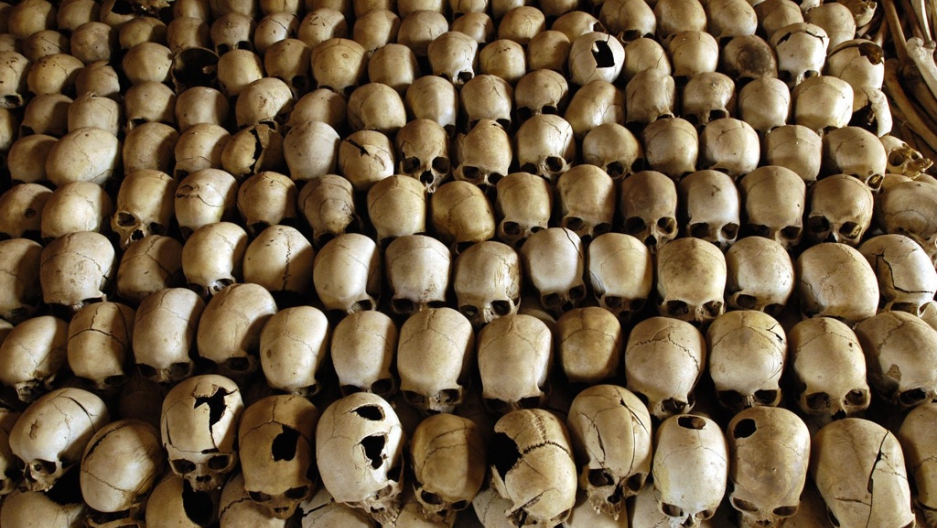Dying in Darfur: It has never stopped (update)
Eric Reeves | November 8, 2016 | http://wp.me/s45rOG-7559
People continue to die on a very large scale in Darfur. This conspicuous but unreported reality would seem to demand some effort to quantify the number of dead, killed either directly or indirectly by the genocidal violence that has prevailed in the region for almost 15 years.
Human being (woman?) killed by Khartoum’s militia forces near Kalma camp, near Nyala, South Darfur
There has been, however, no effort to assess human mortality in Darfur since my own effort of August 2010, which incorporated and synthesized all data and all mortality studies to that point in time. Although the author of more than a dozen interim mortality assessments prior to August 2010, I have found no new data or reports that would warrant a comprehensive re-assessment. Nor have I received any substantive criticism of my assessment.
Photograph used by Radio Dabanga in reporting on the suicide death of a 14-year-old body in a camp for displaced persons. Such deaths must also be included in the mortality total for the Darfur genocide.
The UN and its agencies have published absolutely no data, despite attempting to do so in the early years of the violence. A senior UN official involved in the mortality studies informed me that when data collection and organization ceased (2006) the reason was that Khartoum’s intimidation tactics were simply too threatening. International non-governmental humanitarian organizations are, as a consequence of UN acquiescence before Khartoum’s threats, unable to promulgate mortality data without fear of expulsion (the same is true for data concerning rape and malnutrition in Darfur). Thus the figure used in virtually all news reporting on Darfur is the figure crudely extrapolated by former Under-Secretary for Humanitarian Affairs at the UN, Sir John Holmes, in April 2008:
John Holmes, the undersecretary general for humanitarian affairs, told a security council meeting yesterday that the previous number of 200,000 dead in fighting between rebel groups, some backed by the Khartoum government, was last tallied in 2006.
“That figure must be much higher now, perhaps half as much again,” Holmes said to the council. Answering questions from reporters, he later qualified the estimated number, by admitting the death toll of 300,000 “is not a very scientifically based figure” because there have been no new mortality studies in Darfur, but “it’s a reasonable extrapolation.” (The Guardian (UK), April 23, 2008 [emphases in bold added] | https://www.theguardian.com/world/2008/apr/23/sudan.unitednations )
In the absence of more data, Holmes may have been doing the best he could in difficult “statistical circumstances.” But it is clear that his crude extrapolation significantly understated the death toll.
My own lengthy August 2010 assessment, which concluded that some 500,000 had died as a direct or indirect consequences of violence in Darfur and eastern Chad, may be found here:
http://sudanreeves.org/2010/08/07/quantifying-genocide-darfur-mortality-update-august-6-2010/
I re-post this link both because the figure I arrived at has recently been used by The Guardian (dispatch link included in a brief update to the analysis), and because of a brief quantitative tool calculated by the Small Arms Survey (Geneva) that has only recently come to my attention. Although not specific to Darfur, the ratio provided derives in large measure from the extensive work of Small Arms Survey in Darfur.
The evidence now in hand, in aggregate, suggests that more than 600,000 people have died as a direct or indirect result of genocidal violence in Darfur and eastern Chad over almost 15 years of genocidal violence. This figure is within the range of estimates for mortality from the Rwanda genocide of 1994.


